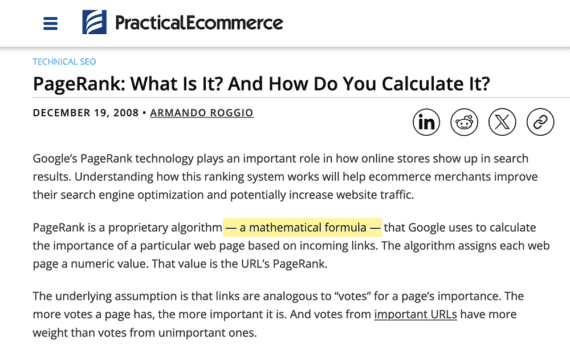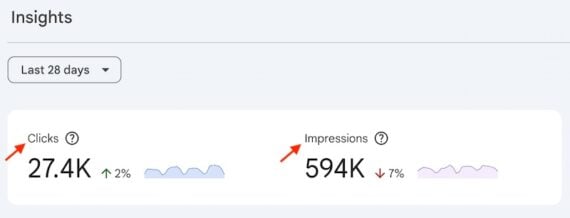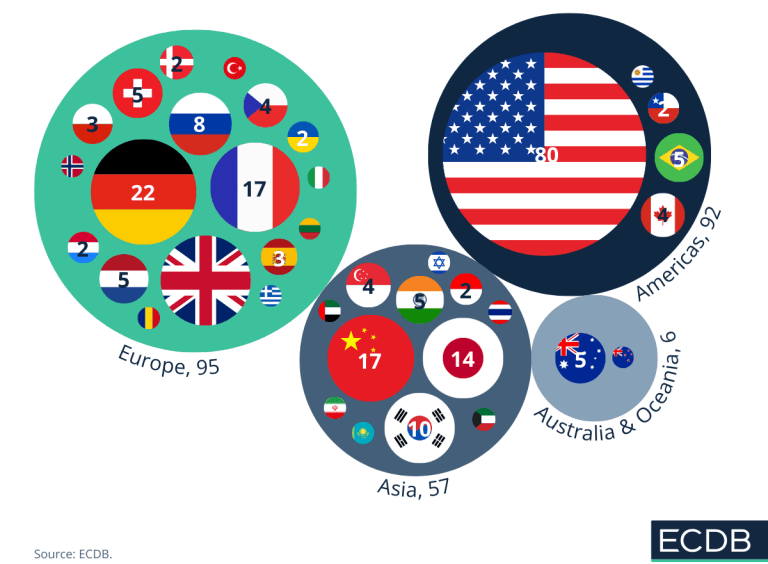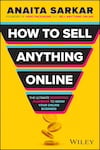A combination of fear and necessity may create a renaissance of sorts for brand marketing.
Many retail and direct-to-consumer companies that have essentially ignored branding now worry that generative AI is merging their advertising and marketing copy into a single, industry-wide sameness. Yet these businesses also recognize genAI’s importance.
Source of the Fear
Consider the decline of regional accents in America.
Years ago, such accents were common. Texans had a drawl. Georgians sounded Southern. Bostonians didn’t pronounce the letter “r.”
The accents still exist to some degree, but multiple studies attribute their decline to mass media and improved transportation. The rise of nationwide television in the 1950s and affordable cross-country vacations and relocations prompted Americans to sound the same.
AI does something similar. It learns patterns of writing from the web and also contributes content to it. AI-generated sentences and paragraphs reside on the same web that instructs the writing patterns.
Careful observers have recognized some of these repeated patterns. For example, many suspect that the noble em dash (—) was a sure sign of AI copy. The assertion is untrue. The em dash, en dash, and hyphen are versatile forms of punctuation dating to the 1700s.
Nonetheless, this humble line (the em dash) represented what at least some believed to be an AI glitch that made all writing similar. If AI could overuse the em dash, it could also homogenize brand copy.

The em dash is a longstanding punctuation mark, as shown here in the author’s article from 2008.
It is the 2025 equivalent of the generic brand video that Dissolve, a video and photography licensing company, released in 2014. Based on a McSweeney’s poem, the video began, “We think first of vague words that are synonyms for progress and pair them with footage of a high-speed train.”
The video looked and sounded like many corporate videos of the era and pointed out just how funny and bad generic branding can be.
Necessity
AI’s capacity to process vast datasets, learn from patterns, and generate readable text offers seemingly unprecedented opportunities for marketers.
AI can produce ad copy, social media posts, product descriptions, and more. The quality is not perfect, but the cost, ubiquity, speed, and scale make it attractive.
Some ecommerce marketers even use AI to generate personalized customer messages at scale. Others create dozens of ad variations and multivariate tests to drive conversions.
These capabilities mean generative AI is a competitive necessity for many businesses.
Branding
In an attempt to balance the benefits of AI with concerns of a generic voice, marketers may focus on their company’s brand and what makes it distinct.
For example, fractional CMO Derrick Hicks now offers AI prompting services for adding brand context. The aim is a consistent voice across all marketing channels for recognition and trust.
Hicks’s offering is similar (but more developed) to the brand voice features in AI tools such as Copy.ai and Content Hub. It’s traditional brand development applied to AI.
The key is to develop a compelling written and spoken brand. It’s a strategic investment requiring time, repetition, and deliberate choices.
Good branding begins with clarity: how the company speaks, what it stands for, and who it speaks to. This means defining tone and vocabulary through collaboration and iteration, and codifying those decisions into a brand voice document.
The document should include examples, preferred and banned words, and guidelines by channel and customer persona. It’s the reference point for every prompt and marketing asset, AI-generated or not.
Expect to revise and sharpen the document over time. Train the AI tools. Provide examples, instructions, and corrections. The more specific and consistent the inputs, the stronger the brand expression.
A marketing team should test messages, observe how prospects respond, and adjust.
None of this is easy. But for ecommerce companies in a noisy, AI-driven marketplace, a strong verbal brand is a differentiator, making the business recognizable, memorable, and trustworthy.





